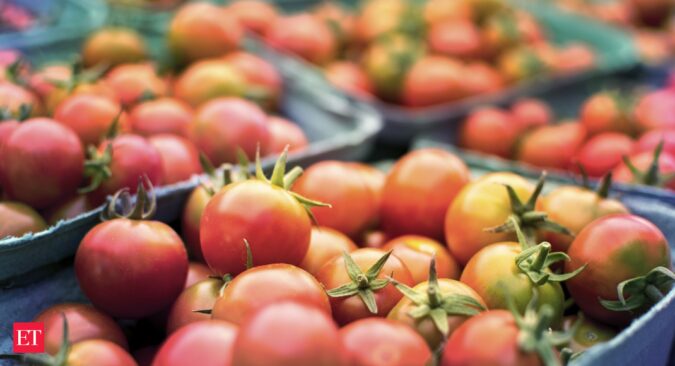The high prices can be attributed to high temperature, low production and delayed rainfall in most parts of the country. The sudden jump in tomato prices, which in May where being sold for Rs 3-5 per kg, has added to the inflation woes of the Reserve Bank of India(RBI) which is tasked to keep inflation within check.
“Tomato prices have doubled in the last two days. Supply of tomatoes from neighbouring states like Haryana and Uttar Pradesh has reduced. We are now getting tomatoes from Bangalore. The tomato plants that were on the ground have been damaged during the recent rainfall. Only the plants that grow vertically with the support of wires were saved,” said Ashok Ganor, a tomato trader from Delhi’s Azadpur wholesale market.
The low price was a convincing-enough factor for farmers to abandon the fields, which, in turn, resulted in bad production.
“Farmers did not spray pesticides or use fertilisers as the rates were not remunerative. This led to increased incidence of pest and disease and fall in production,” said Ajay Belhekar, a farmer from the Narayangaon belt of tomatoes from Maharashtra which is currently supplying to Gujarat, Rajasthan and Kolkata and has started getting enquiries from Delhi.
However, it is not necessary that the high prices will continue in the coming weeks. “They can come down as harvest from many new pockets will begin soon. But if it rains heavily in Himachal Pradesh and other growing areas, then prices may remain firm,” said Ganor.According to media reports, the sowing to tomato last year was less as most of the farmers shifted to planting beans which had witnessed a high price last year. The deficiency is expected to accelerate prices on the food menu of eateries and restaurants giving a hard time to the consumers.
